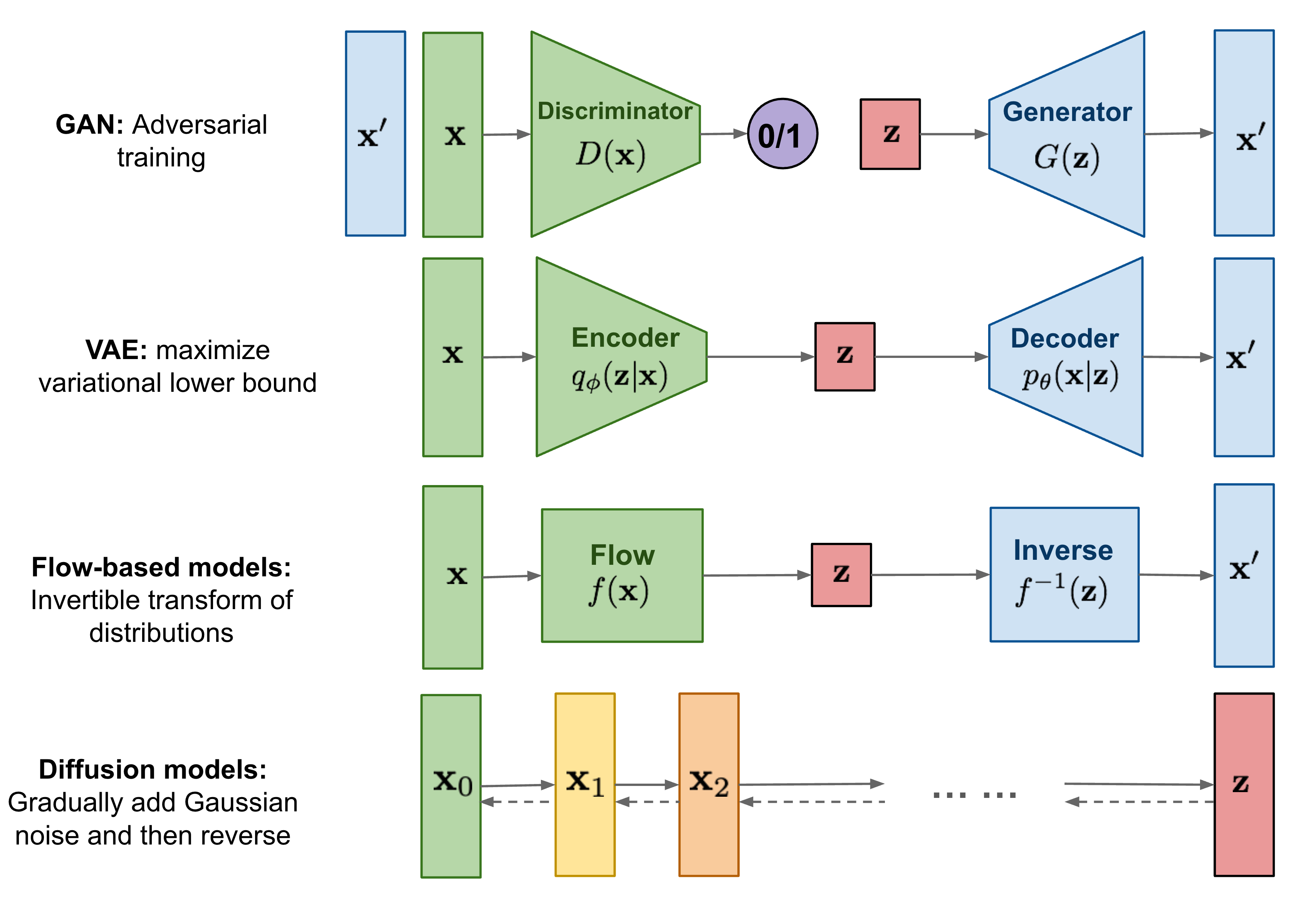
Advancing the Frontiers of Machine Learning with Generative and Diffusion ModelsAdvancing the Frontiers of Machine Learning with Generative and Diffusion Models Generative and diffusion models represent a transformative breakthrough in machine learning, expanding its capabilities to create novel data and enhance existing data. Generative Models: Creating Novel Data Generative models, such as Generative Adversarial Networks (GANs) and Variational Autoencoders (VAEs), enable the generation of realistic data from scratch. These models learn the underlying distribution of a given dataset and can produce new samples that are indistinguishable from real data. Applications include: * Image synthesis for artistic and commercial purposes * Generation of realistic 3D models * Creation of synthetic speech and music Diffusion Models: Enhancing Existing Data Diffusion models work in the opposite direction, gradually adding noise to data until it becomes random Gaussian noise. By reversing this process, they can remove noise and enhance existing images, videos, and other types of data. Applications include: * Image denoising and super-resolution * Video restoration and stabilization * Medical image enhancement Key Advancements Recent advancements in generative and diffusion models include: * Improved sample quality: Generative models now produce samples that are increasingly realistic and detailed. * Increased efficiency: Diffusion models can process large datasets more efficiently, enabling faster and higher-quality results. * New model architectures: Innovative architectures, such as DALL-E 2 and Stable Diffusion, have achieved remarkable performance in generating text, images, and other modalities. Applications in Various Fields Generative and diffusion models have wide-ranging applications across multiple fields, including: * Healthcare: Diagnosis support, disease detection, medical image enhancement * Entertainment: Image generation for movies, video games, and art * Business: Data augmentation for NLP tasks, synthetic data for training AI models * Science: Simulation and data generation for scientific research Challenges and Future Directions Despite their progress, generative and diffusion models still face challenges, such as: * Bias and ethical concerns: Models may learn and perpetuate biases present in the training data. * Computational cost: Training these models can require significant resources. Future research directions include: * Developing models that can generate more diverse and complex data * Improving the interpretability and controllability of generative and diffusion models * Addressing ethical and societal challenges related to the use of these models Conclusion Generative and diffusion models are revolutionizing machine learning by enabling the creation and enhancement of realistic data. Their applications span a wide range of fields, transforming industries and advancing scientific research. As these models continue to evolve, we can anticipate even more groundbreaking advancements in the future.
Posted inNews